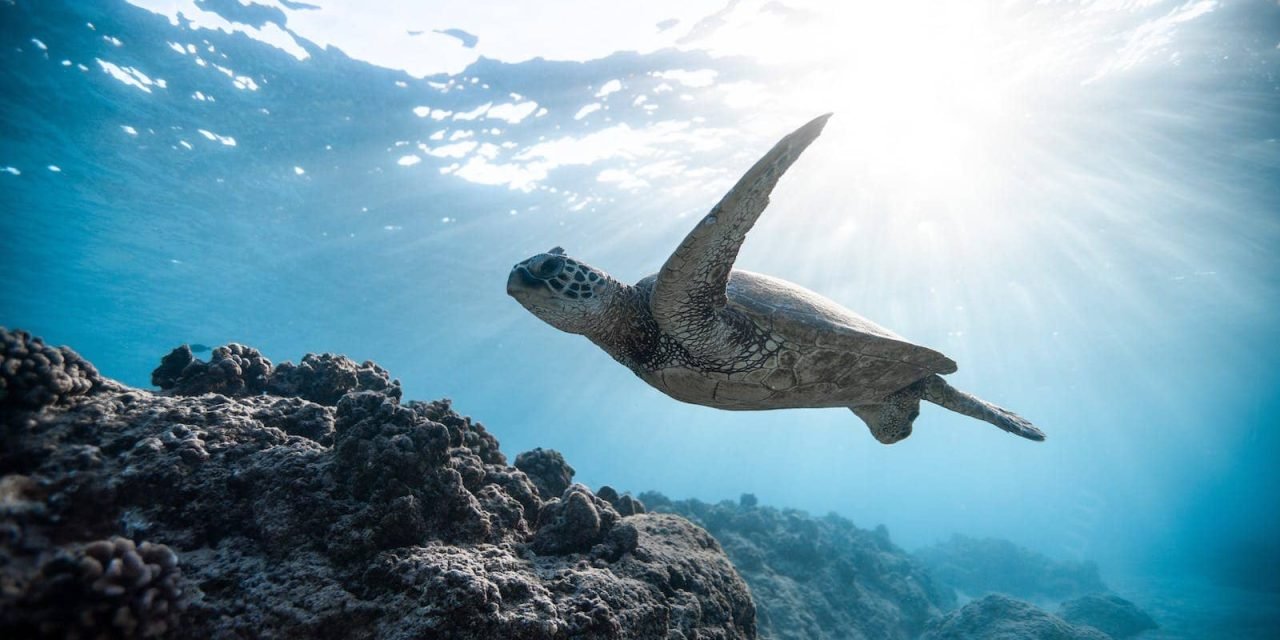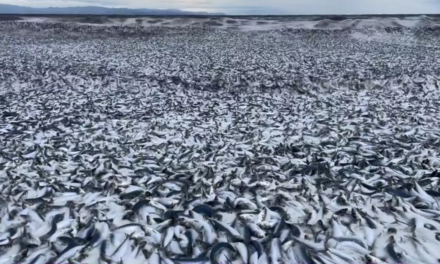In a significant milestone for ocean conservation, the United Nations has adopted the first-ever international treaty to govern the high seas and protect remote ecosystems crucial to humanity.
What will the UN’s new High Seas Treaty do?
After more than 15 years of discussions, UN member states finalized the text of the groundbreaking treaty, which aims to extend environmental protections to international waters covering over 60 percent of the Earth’s surface.
The accord, known as the Treaty on Biodiversity Beyond National Jurisdiction, will establish a legal framework to safeguard marine biodiversity, combat overfishing, mitigate climate change impacts, and tackle ocean pollution.
Historic Achievement for Global Ocean Protection
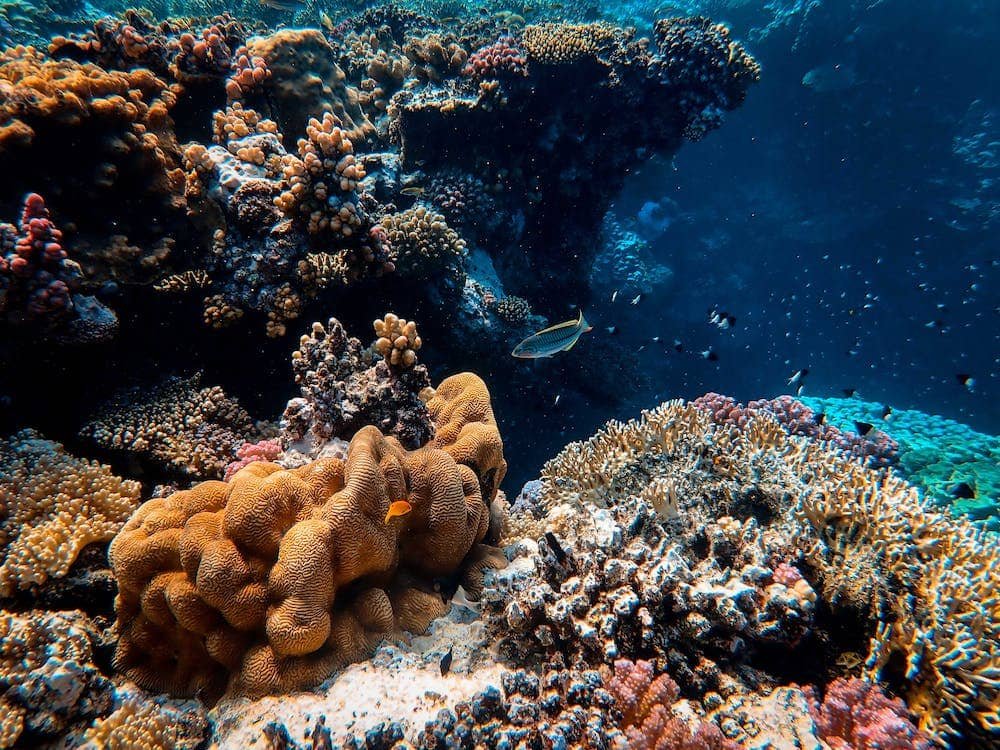
Amid widespread applause and a sustained standing ovation from delegates representing 193 member nations, the treaty received unanimous approval.
UN Secretary-General Antonio Guterres hailed this historic agreement as a monumental achievement, emphasizing the need to provide the ocean with a fighting chance.
He underscored that climate change is disrupting weather patterns, altering marine ecosystems, and placing marine biodiversity at risk due to overfishing, over-exploitation, and ocean acidification.
With over one-third of fish stocks harvested unsustainably and coastal waters contaminated by chemicals, plastics, and human waste, the treaty assumes vital importance in protecting our oceans.
Critical Steps to Preserve Marine Life
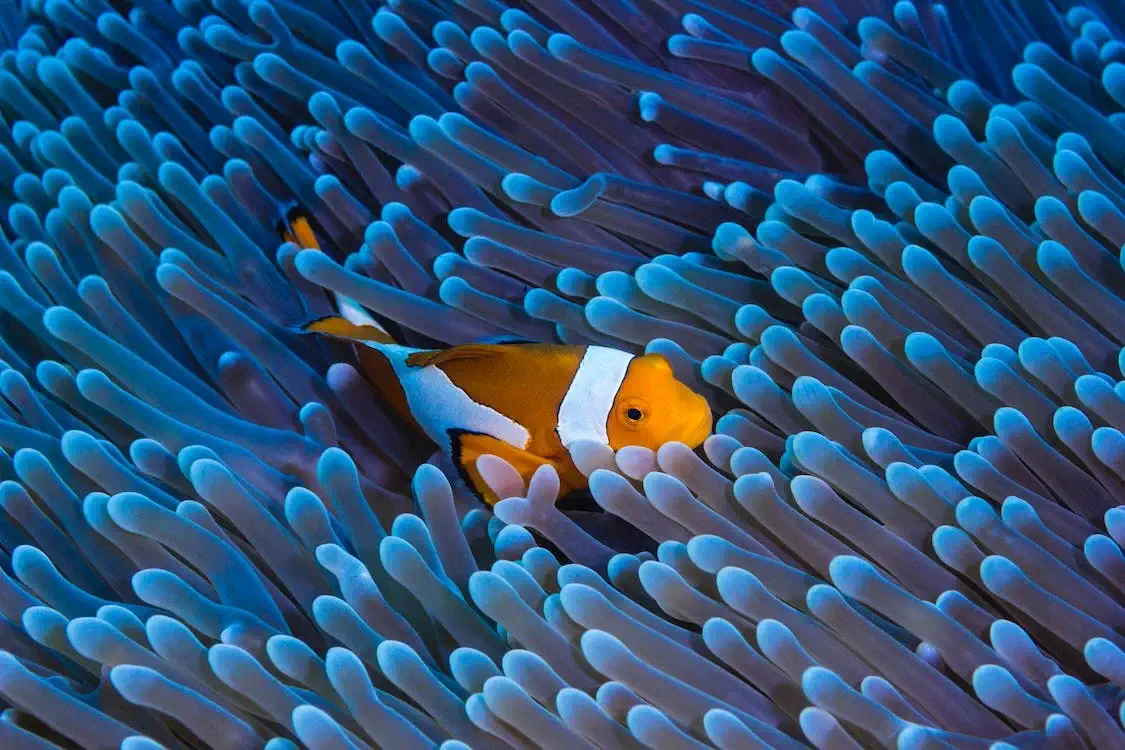
The treaty paves the way for establishing a dedicated body responsible for managing the conservation of ocean life and creating marine protected areas on the high seas.
Furthermore, it outlines guidelines for conducting environmental impact assessments for commercial activities conducted in the oceans.
By addressing threats posed by climate change and unsustainable practices, the treaty seeks to ensure the long-term viability of marine ecosystems and their resilience in the face of global challenges.
Global Significance and Implementation
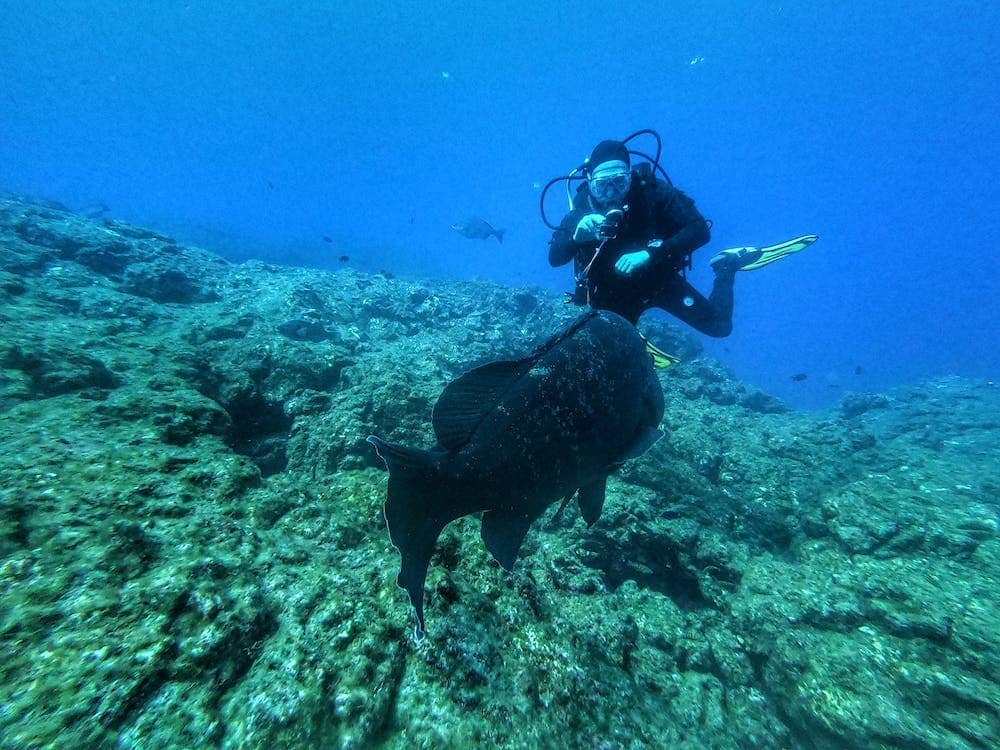
The treaty will be opened for signatures on September 20, during the annual meeting of world leaders at the UN General Assembly.
It will enter into force once ratified by 60 countries, signifying a unified commitment to ocean protection.
The adoption of the treaty comes at a critical juncture when oceans face numerous threats. It aims to provide a comprehensive solution to conserve marine resources and regulate activities in international waters.
Equitable Resource Sharing and Benefit-Sharing
The treaty also addresses concerns raised by developing countries regarding the equitable sharing of “marine genetic resources” discovered in international waters.
Developing nations insisted on ensuring that the benefits derived from such discoveries are not monopolized by wealthier countries.
The treaty acknowledges this demand, emphasizing that the potential gains should be shared among nations.
The Group of 77, representing mainly developing nations, applauded the treaty’s benefit-sharing provisions and funding mechanisms to support its implementation.
Mixed Reactions and Russia’s Dissent
While the treaty received overwhelming support, Russia distanced itself from the consensus, deeming the agreement unacceptable.
Sergey Leonidchenko, head of the Russian Mission’s legal section, expressed concerns about the lack of balance between conservation and sustainable resource utilization.
Russia also highlighted the absence of checks and balances to prevent the politicization of marine conservation areas.
Despite this dissent, the treaty represents a significant global consensus toward protecting marine life and ecosystems.
Building on Global Commitments
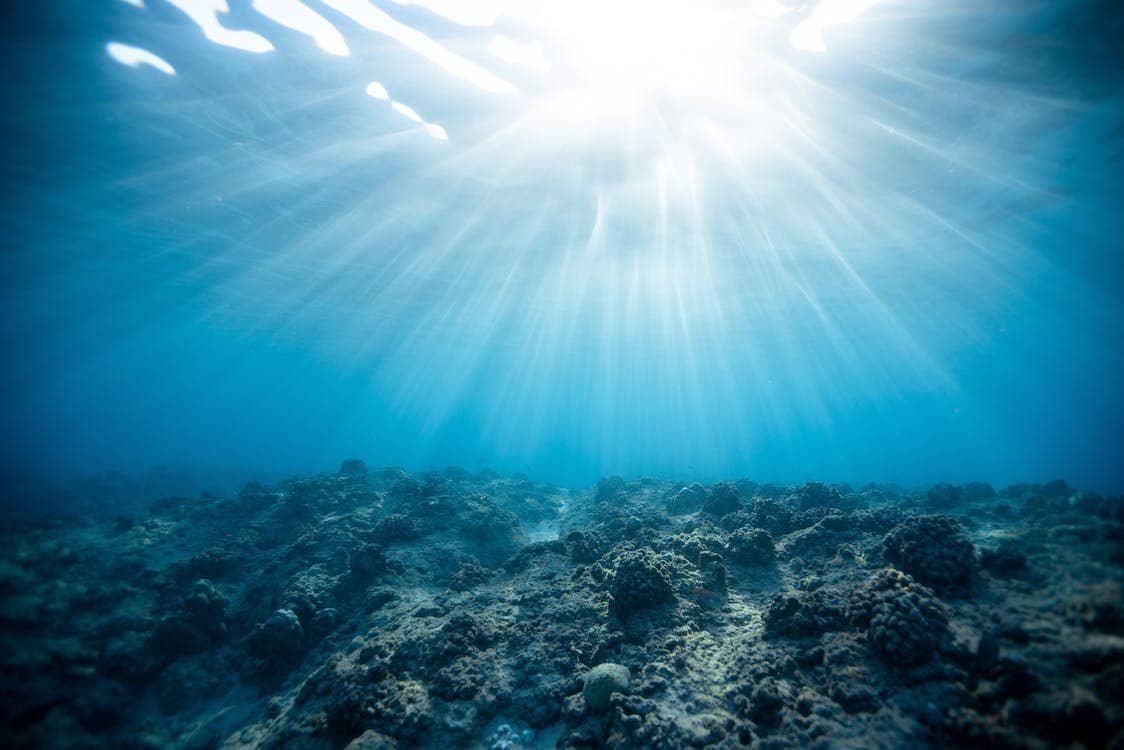
The adoption of the high seas treaty aligns with the global commitment to biodiversity conservation.
In December of the previous year, world governments reached a historic agreement in Montreal, pledging to protect 30% of land and water crucial for biodiversity by 2030.
Known as “30 by 30,” this commitment complements the new treaty and reflects the growing recognition of the urgent need to safeguard our planet’s natural resources.
Call for Swift Ratification and Action
Environmental organizations and activists have praised the adoption of the treaty as a monumental step forward.
Rebecca Hubbard, director of the High Seas Alliance, emphasized the importance of swift ratification by countries to bring the treaty into force promptly.
Protecting the oceans, building resilience to climate change, and safeguarding the lives and livelihoods of billions of people depend on the treaty’s effective implementation.
Greenpeace’s Chris Thorne hailed the agreement as a win for all life on the planet, stressing the scientific imperative to protect 30% of the oceans by 2030 to ensure their recovery and flourishing.
As the world takes a significant stride toward global ocean conservation, the UN’s new High Seas Treaty holds promise for preserving marine life, combatting climate change, and establishing a sustainable future for our oceans.

